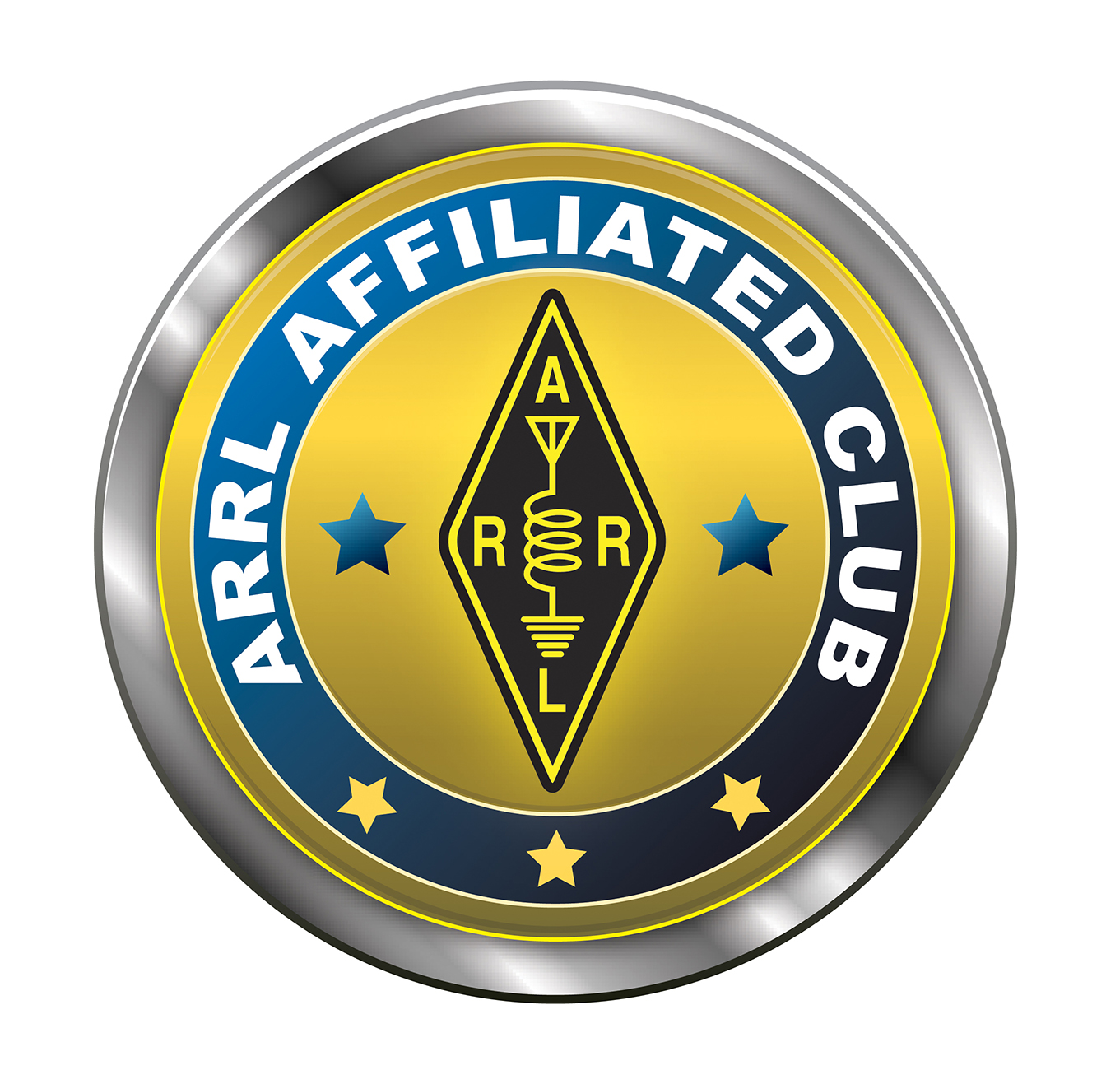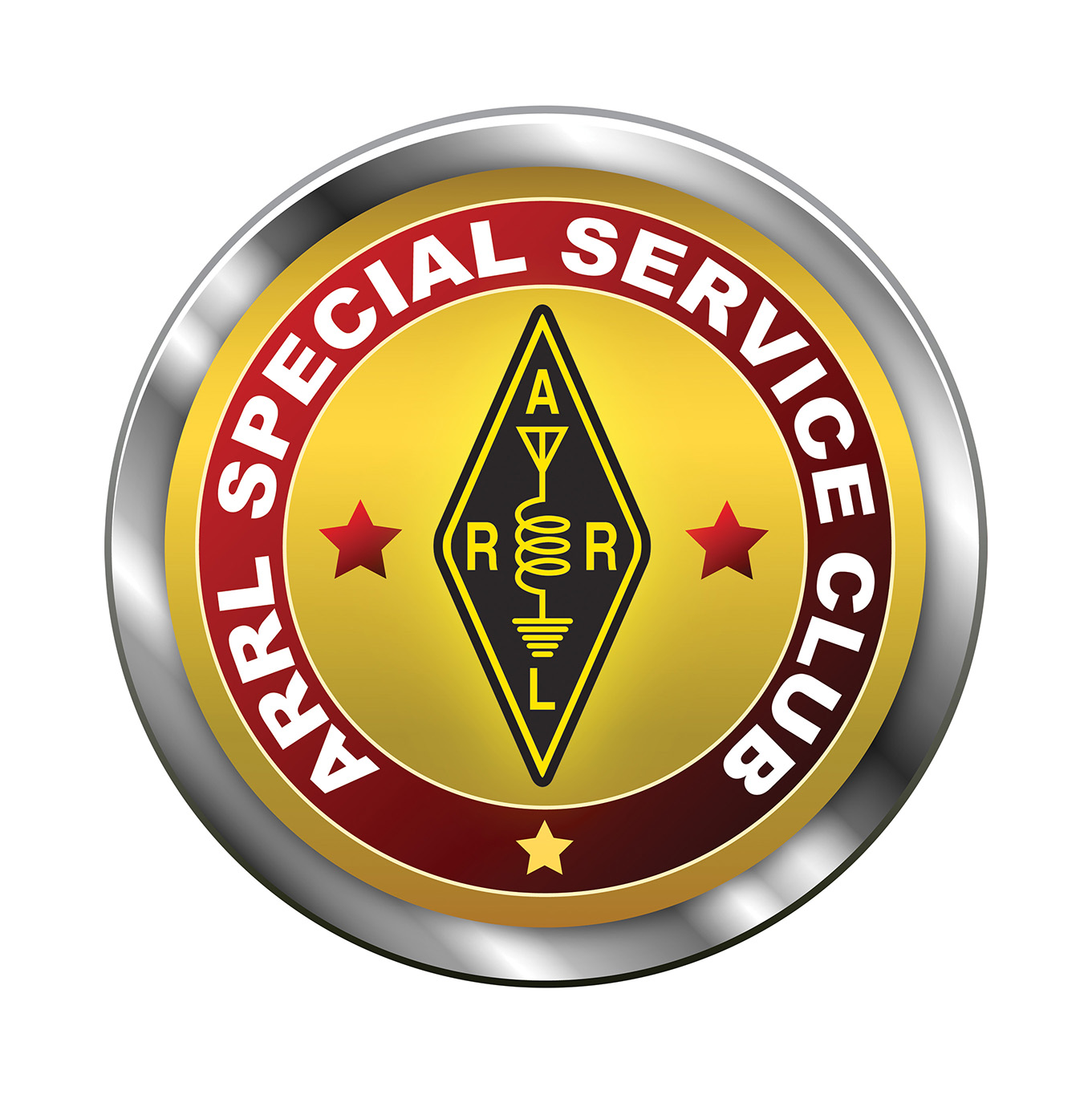Jefferson County Skywarn
Quick Index:
- Skywarn Overview
- Purpose
- Frequencies
- Activation
- Reporting Procedures
- Net Activation Script
- Upcoming Training
- More Information
- SKYWARN Related Links
Purpose
The SKYWARN program is used to provide Amateur Radio Communications in support of the National Weather Service (NWS) prior to and during severe weather that will affect Jefferson County, IL and the surrounding area. The objective of SKYWARN is to provide weather information for the NWS and local government by recruiting and training amateur radio operators.Frequencies
Primary WEATHER NET frequency in 147.135+, with general traffic and QSO's on 146.55 simplex. In the event the operation of the repeater fails, the WEATHER NET, the reporting of emergencies and weather information will be conducted on 147.135 simplex.Activation
There will be 2 modes of operation for the WEATHER NET. "Stand-by Mode" and "Active Mode"- While in Stand-by mode, General weather reports will be accepted.
- During Active Mode, Only reports of severe weather or similar emergency traffic will be accepted.
The WEATHER NET can be activated by any member of Jefferson County SKYWARN, only if that person activating the NET is capable of being the NCS (Net Control Station), and able to accept and relay spotter reports and any necessary weather information. (In addition, the NCS should have reliable access to a computer and internet service to view NWS Doppler radar).
This procedure should be followed when activating the NET:
- Check to see if the WEATHER NET is already in progress.
- If not, state your intentions of activating the NET and ask if there are any objections.
- If none are heard, read the SKYWARN net activation script and start roll calling.
- After roll calling, ask if there are any other spotters wishing to check in to the WEATHER NET.
- After spotter check-ins, ask if there is any emergency or important traffic, if none then announce current local weather information, and ask spotters to stand by until severe weather threatens, or the Watch or Warning is lifted.
- Call spotters for check-ins approximately every 10 minutes.
- When the NET is activated, the NCS will start a roll call. When you are called, answer with your call sign and whether or not you have any urgent or emergency traffic. If you are unable to sign on during roll call, when you become available, state your call sign and say "late check-in".
- The NCS should respond by acknowledging you and informing you of the current NET mode and any important weather information. If for some reason you have to leave the NET before it's deactivated, be sure to inform the NCS that you are doing so and will no long be available for weather reports
Reporting Procedures
Report the following weather events to the NCS:- Urgent Priority
- Tornado, Funnel Cloud, Rotating Wall Cloud, Flash Flooding
- High Priority
- Hail 3/4 in. diameter or larger, Wind speeds 50 mph or greater, Persistent or non-rotating Wall Cloud, Rainfall 1 in. or more per hour
- Low Priority
- Hail, Wind Speed of 30mph sustained or greater, Cloud features suggesting storm organization,
- Flooding
After the roll call is finished and there is no priority traffic, state the nets current mode (i.e. Stand-by Mode, Active Mode), and ask for current weather conditions from the list of available spotters.
When the Watch or Warning is lifted or the Severe Weather Threat has passed, the NET will be deactivated and the repeater returned to normal operation.
"The SKYWARN NET is no longer needed at this time (the severe weather threat has passed or watch or warning has been lifted) , all spotters are released and the repeater is returned to normal operation at (time) hours. Thanks to all for your participation. This is (call sign) clear..."
Upcoming Training
February 19th, 2025 at the Mt. Vernon Outland Airport. Register Here.See Paducah NOAA Skywarn Spotter training page for additional training information.
For more information:
Contact: Keith HertensteinPO Box 1342
Mt. Vernon, IL 62864
[email protected]
Skywarn Related Links
Index to SKYWARN Pages on the internetNational Skywarn Homepage
National Weather Service Paducah, Kentucky
National Weather Service St. Louis, Missouri
SKYWARN Spotter Guides


